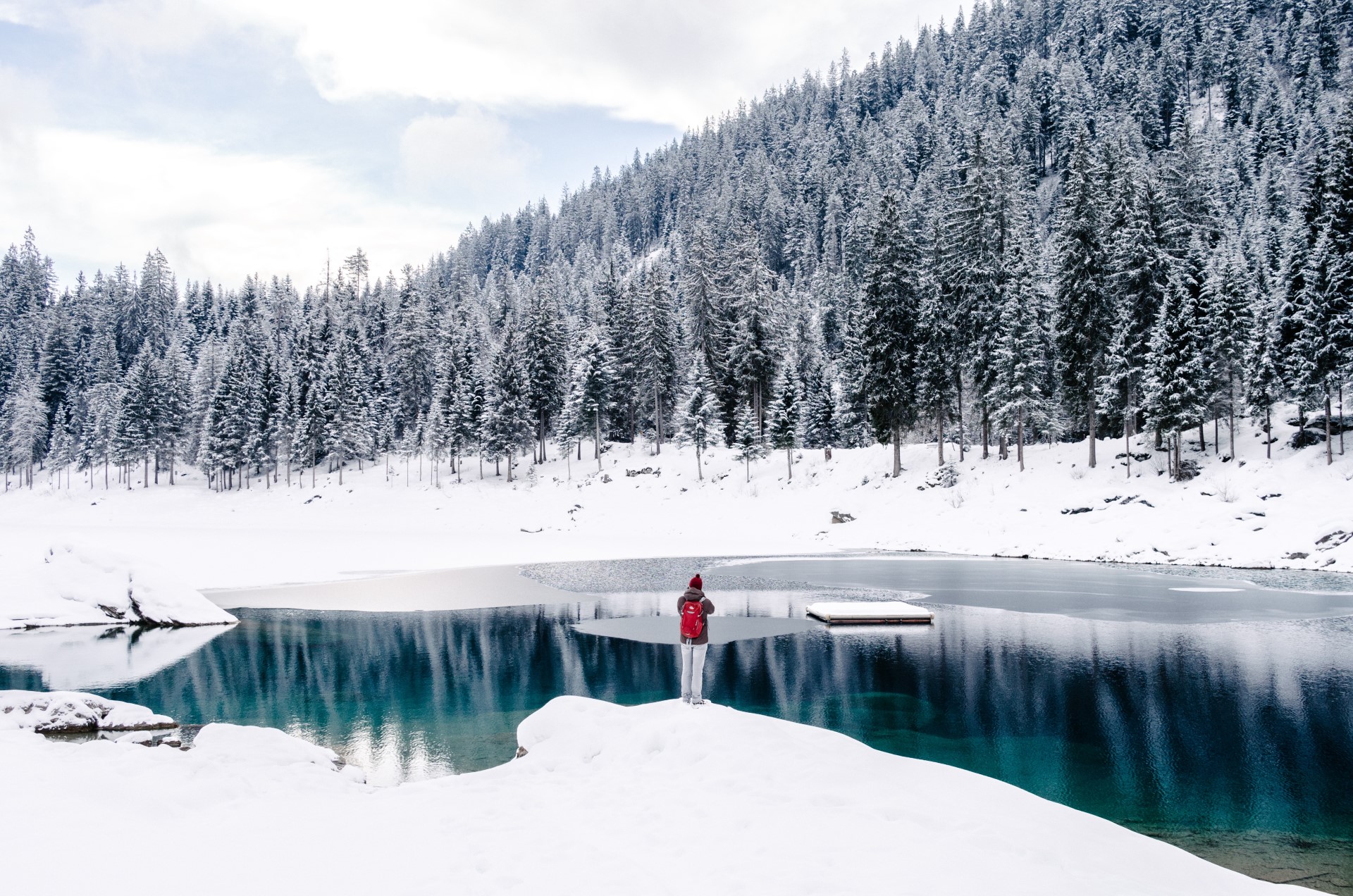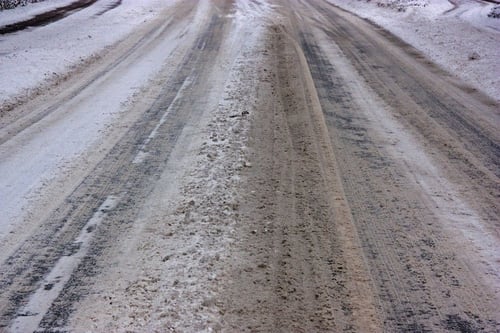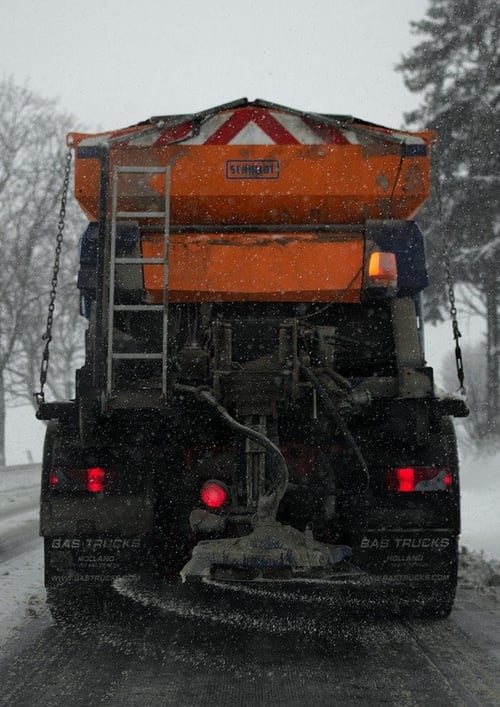
Salt is a necessity for keeping roads clear in the wintertime ... or is it? And what is its use doing to our environment?
No one needs to tell you that salt is a wintertime go-to. Much like warm blankets and hot toddies, it just goes with the territory. (Wait, what is a hot toddy? Does anyone actually know?)
Anyway, salt. It’s everywhere this time of year. And while we’re definitely in favor of Not Sliding Off The Road To Your Death, we’re not so in favor of the environmental side effects of this annual chemical overload.
So what’s the deal with salt? And what can we do to be better Earthling stewards, even in winter? Let’s take a look.
How Does Salt Harm to the Environment?
 Pouring salt on our roads to defeat the elements is nothing new. Not only does salt – mostly sodium chloride, the same stuff we sprinkle on eggs – provide traction, it lowers the freezing temperature of water, so that water melts sooner than it otherwise would. As it melts, it creates a salty brine, which in turn liquifies layers of ice underneath.
Pouring salt on our roads to defeat the elements is nothing new. Not only does salt – mostly sodium chloride, the same stuff we sprinkle on eggs – provide traction, it lowers the freezing temperature of water, so that water melts sooner than it otherwise would. As it melts, it creates a salty brine, which in turn liquifies layers of ice underneath.
Scientifically speaking, that’s pretty cool. Wildlife-ically speaking, it’s really not.
According to smart people in Australia, salinity in water (and in soil) can lead to:
- death of native plants
- growth of salt-resistant plants
- overgrowth of harmful algae
- decline in biodiversity
- altered ecosystems
- reduced crop yields
- poorer drinking water supplies
- corroded infrastructure
The amount of impervious surface to natural surface doesn’t even have to be that high. In fact, stunningly low ratios can still have worrisome results, according to a recent study:
“As little as 1% impervious land cover surrounding a lake increased the likelihood of long-term salinization. Considering that 27% of large lakes in the United States have >1% impervious land cover around their perimeters, the potential for steady and long-term salinization of these aquatic systems is high.”
Even worse, “This study predicts that many lakes will exceed the aquatic life threshold criterion for chronic chloride exposure (230 mg L−1), stipulated by the US Environmental Protection Agency (EPA), in the next 50 years if current trends continue.”
It might not seem like table salt can cause a lot of damage, considering we eat it on our food all the time, but it does. It can cause totally unexpected and odd changes in the ecosystem too. Consider the case of tadpoles raised in salty water, which “became male rather than female frogs at a 10 percent greater rate than expected.” That’s just one example of the effects even “low” concentrations can have.
The obvious question is: What can we do?
How to Reduce the Impacts of Road Salt on Our Ecosystem

Luckily, there are steps we can take to make our ecosystems safer from salt. These include:
- Researching salt alternatives
- Regulating the application of salt to reduce overuse
- Applying it in brine form, which is more effective and requires less of it
- Using “live-edge plows,” which use segmented plow blades, offering greater movement to match the terrain
Mostly, we need to treat this like the serious issue it is, give it our attention and commit to making change. Moreover, this is true not only for country roads, but for anywhere that salt is regularly applied to control ice and snow.
We Can Take Steps in Cities as Well
We should also take steps to reduce salt in urban areas. Briny runoff is just as damaging there, where rapid accumulations of snowmelt and stormwater carry it to streams, rivers, lakes and oceans. Consider Chicago, for instance, which has both a river and a Great Lake to worry about.
The good news is, keeping rain, snow and slush off our streets is a great way to improve driving conditions while resorting to less salt. Guess what? Green roofs do just that, trapping precipitation at its source and reducing the effects at ground level.
Want to learn more about them – or about any green system to manage wet weather and improve the state of the environment? We invite you to get in touch today.

